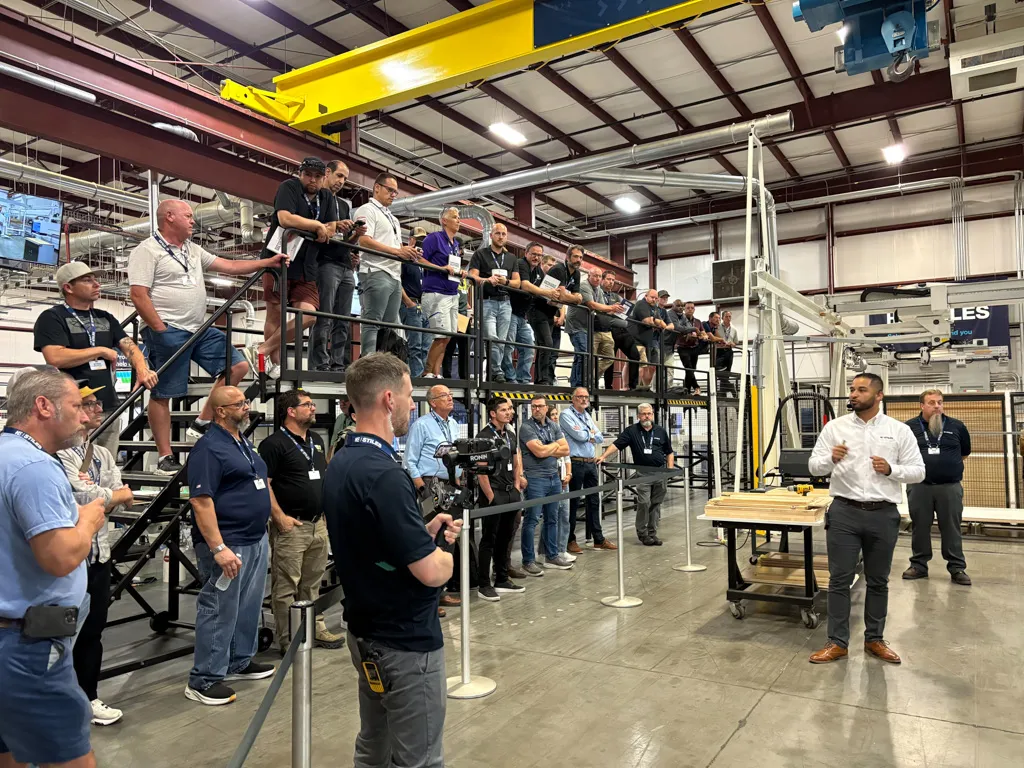Table of Contents
Speed is the most powerful strategic advantage that manufacturers of store fixtures, furniture, cabinets, closets and other configurable building products can have in today’s marketplace. As demand for customization is increasing, and the information manufacturers use is becoming more and more complex, this advantage is tied and measured more often to processes in the office, not on the manufacturing floor.
North American wood product factories have invested in advanced equipment for cutting, drilling, edging and assembly at the highest speeds, outputs, and qualities. Once a job is sent to production, the process is efficient. Getting jobs into production fast and effectively is the challenge.
Time-consuming, inefficient data management processes in the office are costly and adversely affect time to market in production. Speeding up information processes in the office will make the biggest impact on time to market.
Market Analysis
The most powerful selling advantages a manufacturer can have are
flexibility and speed. Customers want what they want and they want it
fast. The biggest opportunity to reduce time to market is in the office.

This involves streamlining engineering, quoting and CNC data generation. Skooter makes this possible by providing cross-functional data continuity to break the information bottleneck, reduce office labor and increase time to market.
Skooter builds software that is easy to learn and gets jobs into production faster.
Skooter software is for agile manufacturing. Its applications streamline information flow from engineering to quoting and productions.
Skooter offers three integrated SaaS applications:
- MAKE – From engineering to the CNC, MAKE gets jobs into production faster.
- FLOW – Manage catalogs, configure products, all on the web.
- LINK – Close business faster using LINK to create sales designs and quotes.
SaaS (software as a service) makes it easy for customers to get started and devote more resources to training and implementation. It creates a virtuous cycle that speeds adoption and maximizes customer lifetime value.
For more information, go to skooter.com.
Peter Saal
 For the last 20 years Skooter’s founder, Peter Saal, has been intimately involved with the time-to-market problem, both as an end user and a software developer. In 1997, as the system manager for a store fixture manufacturer, he developed a sales and engineering configuration system for producing Starbucks stores. The company was acquired two years later and built more than 7,000 stores, more than any competitor.
For the last 20 years Skooter’s founder, Peter Saal, has been intimately involved with the time-to-market problem, both as an end user and a software developer. In 1997, as the system manager for a store fixture manufacturer, he developed a sales and engineering configuration system for producing Starbucks stores. The company was acquired two years later and built more than 7,000 stores, more than any competitor.
In 2006, Peter started a software company called metaWorks to develop configuration and quoting systems. Google acquired metaWorks in 2007 and integrated its Dynamic Components technology into SketchUp in 2008. SketchUp has more than 35 million users, more than any other 3D modeler. In 2012, Google sold SketchUp to Trimble, where it now serves as the central 3D platform for the Trimble Buildings business unit.
From 2010 to 2013, Peter consulted with manufacturers ranging from small shops to Fortune 500 companies. Time to market was a critical problem for all of them. The biggest delay was caused by office work. It was typical for an order with a six-week lead time to spend four to five weeks in the office. The bottleneck wasn’t due to any individual software program; it was in the flow of data between programs.









